Is Chief Justice John Roberts Dismantling The Church-State Separation?
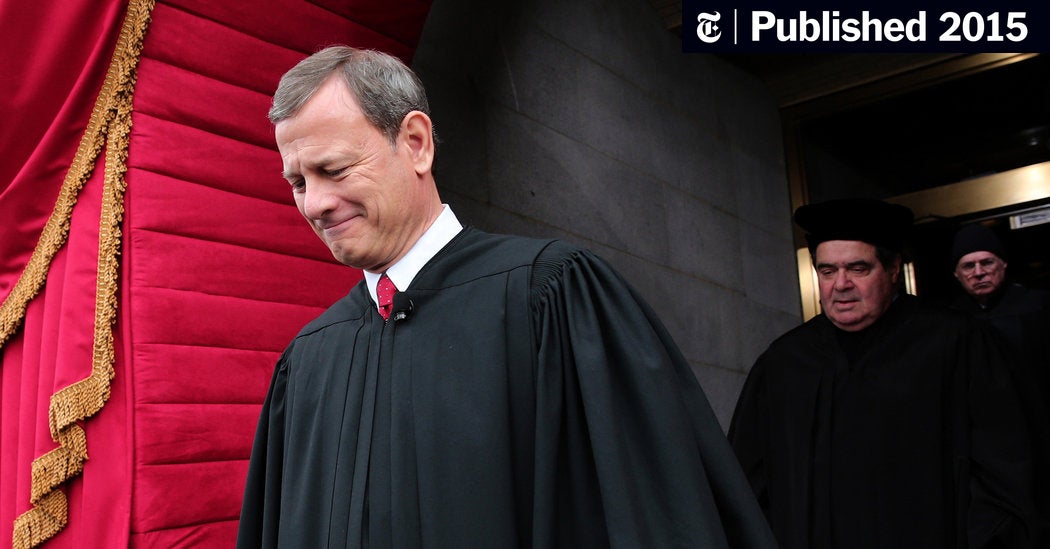
Table of Contents
Key Supreme Court Cases Under Chief Justice Roberts Impacting Church-State Separation
Several landmark Supreme Court cases decided under Chief Justice Roberts' tenure have profoundly impacted the interpretation of the Establishment Clause and Free Exercise Clause, significantly shaping the landscape of church-state separation in the United States. These cases haven't just clarified existing legal precedents; they've arguably shifted the balance, sparking considerable controversy and debate among legal scholars and the public.
-
Bullet Points:
-
Town of Greece v. Galloway (2014): This case involved the practice of opening town board meetings with sectarian Christian prayers. The Supreme Court ruled that the town's practice did not violate the Establishment Clause, arguing that the tradition of legislative prayer had historical precedent and did not necessarily endorse a particular religion. Dissenting justices argued this decision significantly weakened the Establishment Clause and allowed for government endorsement of religion. The impact was a perceived loosening of restrictions on religious practices in government settings.
-
Carson v. Makin (2022): This case concerned Maine's tuition program, which provided public funding for students to attend private schools but excluded schools that were religiously affiliated. The Supreme Court ruled that excluding religious schools violated the Free Exercise Clause, arguing that the state couldn't discriminate against religious schools based on their religious character. This decision broadened the scope of religious exemptions from generally applicable laws, raising concerns about the separation of church and state. Critics argued this ruling opened the door for taxpayer funding of religious education, further blurring the lines.
-
Kennedy v. Bremerton School District (2022): This case involved a football coach who engaged in personal prayer on the field after games. The Supreme Court ruled that the school district violated the coach's Free Exercise rights by prohibiting his on-field prayers. The majority opinion emphasized the coach's right to personal religious expression, even in a public school setting. The dissenting justices argued the ruling could lead to the unconstitutional establishment of religion in public schools. This ruling further strengthened the precedence for religious expression in public spaces, potentially impacting other areas of public life.
-
The Roberts Court's Interpretation of the Establishment Clause
Chief Justice Roberts' approach to interpreting the Establishment Clause appears more lenient towards government entanglement with religion than previous Courts. While the Court hasn't explicitly abandoned established tests like the Lemon test (which considers secular purpose, primary effect, and excessive entanglement), its application in recent cases has been criticized as inconsistent and increasingly permissive.
-
Bullet Points:
-
The Lemon Test and its Weakening: The Lemon test, designed to assess Establishment Clause violations, has been increasingly disregarded in favor of a more contextual approach, leading to accusations of judicial activism from critics.
-
Emphasis on Historical Practice: The Roberts Court frequently references historical practices to justify rulings that might otherwise appear to violate the Establishment Clause. This historical approach is seen by some as a way to sidestep the stricter application of legal tests.
-
Criticism from Legal Scholars: Many legal scholars have expressed concern that the Roberts Court's interpretation of the Establishment Clause has significantly weakened the protection against government entanglement with religion, leading to a more expansive role for religion in public life. Concerns are voiced regarding the potential for subtle, yet significant, erosion of this foundational principle.
-
The Roberts Court's Interpretation of the Free Exercise Clause
The Roberts Court has demonstrated a willingness to expand the scope of the Free Exercise Clause, particularly in cases involving religious objections to laws or regulations. This expansive interpretation, while seemingly protecting religious freedom, has raised concerns about its potential impact on the separation of church and state and the rights of others.
-
Bullet Points:
-
Religious Exemptions and their Implications: The Court's decisions have expanded the availability of religious exemptions, potentially allowing individuals and organizations to avoid complying with generally applicable laws based on religious objections. This has raised concerns about the potential for discrimination and unequal application of the law.
-
Balancing Religious Freedom and Other Rights: The Court has grappled with balancing religious freedom with other constitutional rights, such as LGBTQ+ rights and reproductive rights. The tension between these rights presents a significant challenge in maintaining a robust separation of church and state.
-
The Potential for Conflict: The expansion of religious exemptions can create conflicts with the rights of others, leading to complex legal battles and social divisions. Striking a balance between religious freedom and the rights of individuals and groups with differing beliefs remains a major challenge.
-
Public Opinion and the Changing Landscape of Church-State Separation
Public opinion on church-state separation is complex and multifaceted, and its evolution may subtly influence Supreme Court decisions. While the majority of Americans support religious freedom, there's less agreement on the extent to which government should be involved in religious affairs.
-
Bullet Points:
-
The Role of Public Opinion in Judicial Decision-Making: While justices are not supposed to be swayed by public opinion, broader societal views can subtly influence their interpretations of constitutional principles.
-
Polling Data on Church-State Separation: Polling data reveals varying opinions, indicating that public sentiment isn't uniformly supportive of a strict interpretation of the separation of church and state. This diversity of views complicates the already intricate legal and ethical considerations.
-
Long-Term Consequences: The ongoing evolution of public opinion, combined with court rulings, will inevitably reshape the relationship between church and state in the United States, with potential long-term consequences for societal harmony and individual rights.
-
Conclusion
Chief Justice John Roberts' tenure has witnessed significant shifts in the interpretation of the Establishment and Free Exercise Clauses, arguably leading to a more permissive approach towards government entanglement with religion. While the Court has emphasized religious freedom, its decisions have raised concerns about the erosion of the separation of church and state, potentially impacting a wide range of rights and freedoms. The debate surrounding Chief Justice John Roberts' influence on church-state separation is far from over. Understanding the implications of these landmark cases is crucial for safeguarding this fundamental principle of American democracy. Continue to research and engage in discussions regarding the crucial balance between religious freedom and the separation of church and state.

Featured Posts
-
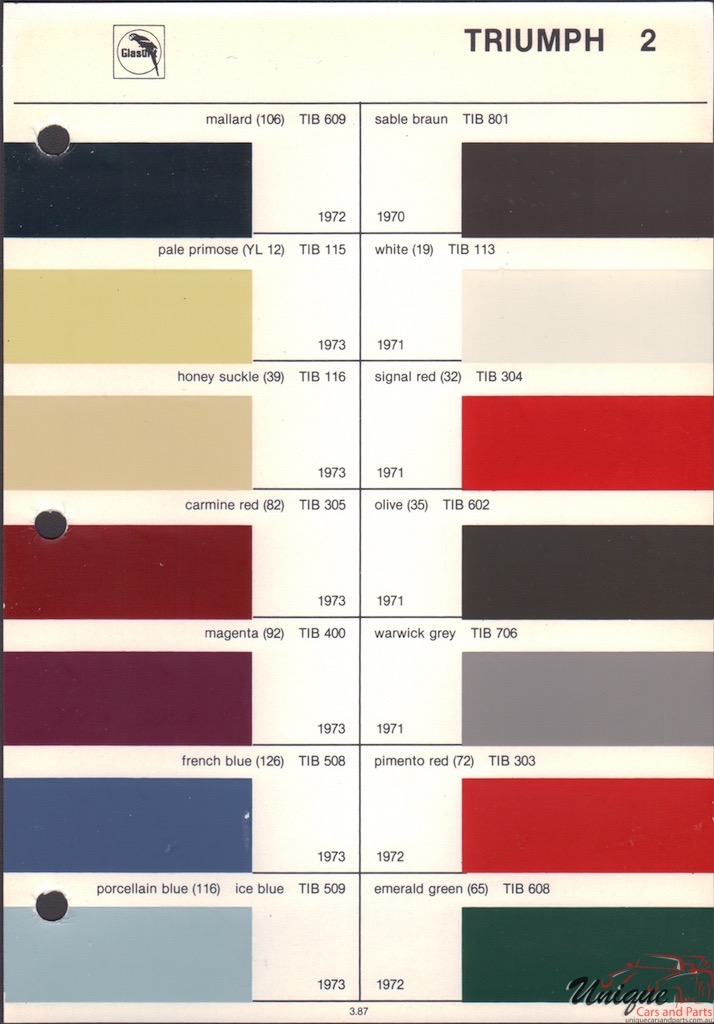 Frances Triumph Duponts 11th Conduct Masterclass Against Italy
May 02, 2025
Frances Triumph Duponts 11th Conduct Masterclass Against Italy
May 02, 2025 -
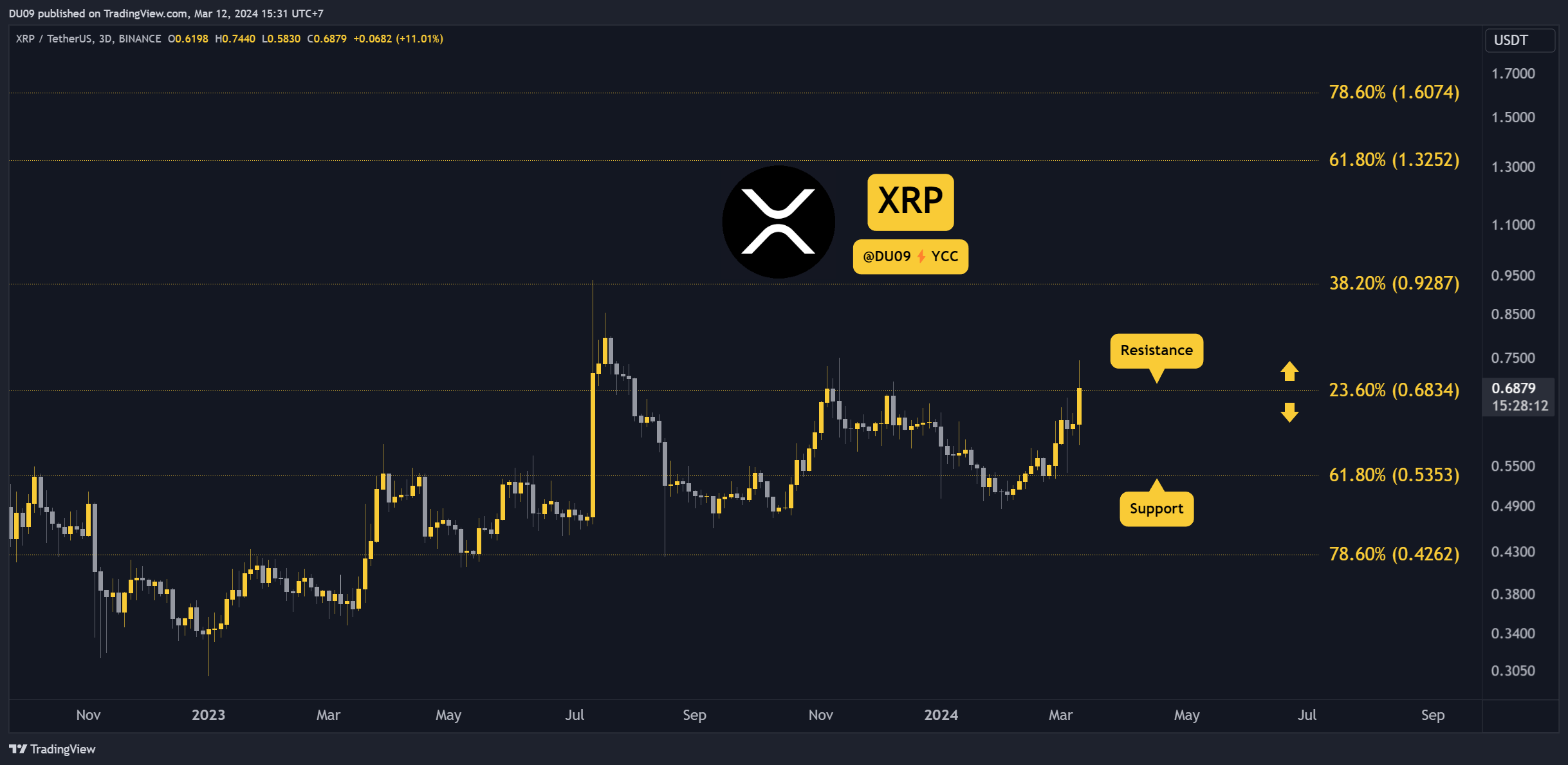 Buy Xrp Ripple Now A Look At The Current Market Under 3
May 02, 2025
Buy Xrp Ripple Now A Look At The Current Market Under 3
May 02, 2025 -
 Watch Newsround Bbc Two Hd Broadcast Information
May 02, 2025
Watch Newsround Bbc Two Hd Broadcast Information
May 02, 2025 -
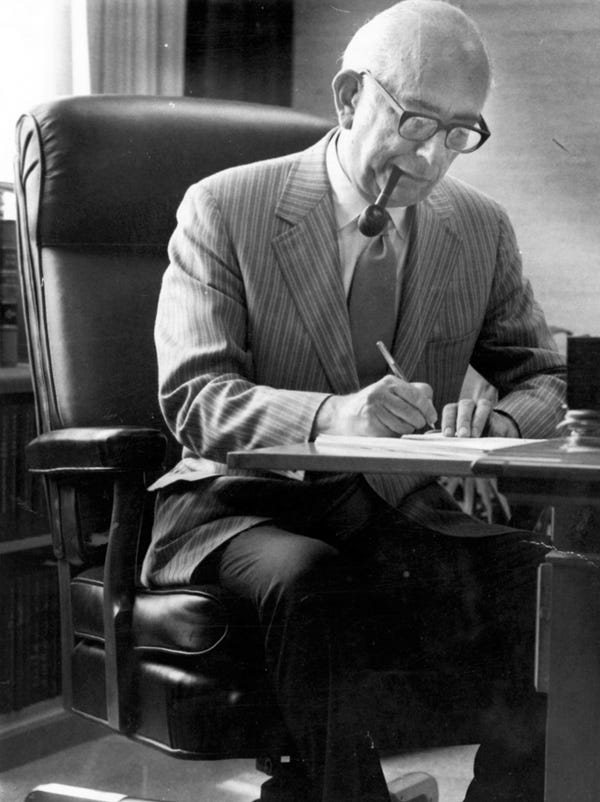 Louisiana School Desegregation Order Terminated By Justice Department
May 02, 2025
Louisiana School Desegregation Order Terminated By Justice Department
May 02, 2025 -
 Xrp Soars Following Presidential Article On Trump And Ripple
May 02, 2025
Xrp Soars Following Presidential Article On Trump And Ripple
May 02, 2025
Latest Posts
-
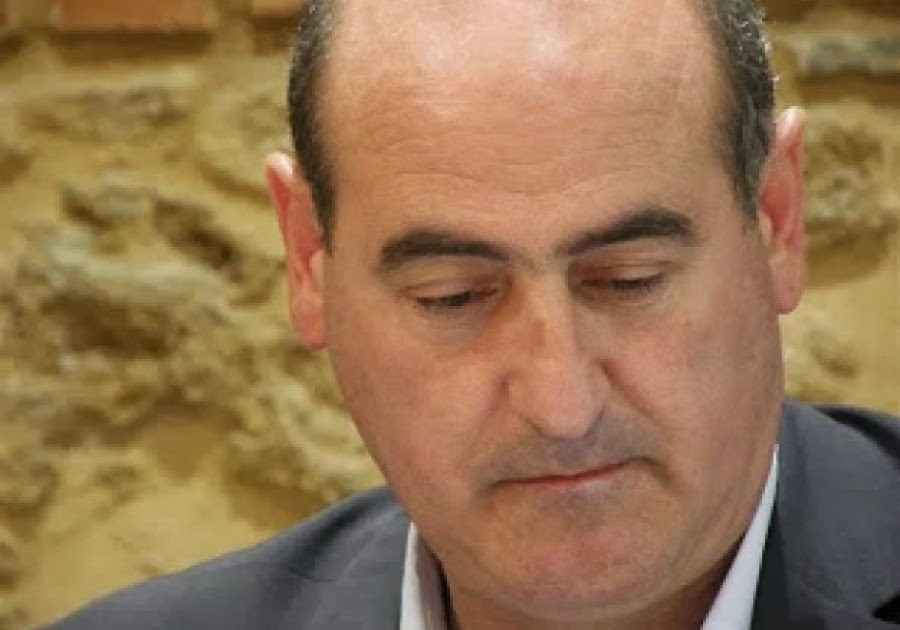 Poleodomiki Diafthora Mia Systimatiki Analysi Kai Odigoi Gia Tin Epanidrysi
May 03, 2025
Poleodomiki Diafthora Mia Systimatiki Analysi Kai Odigoi Gia Tin Epanidrysi
May 03, 2025 -
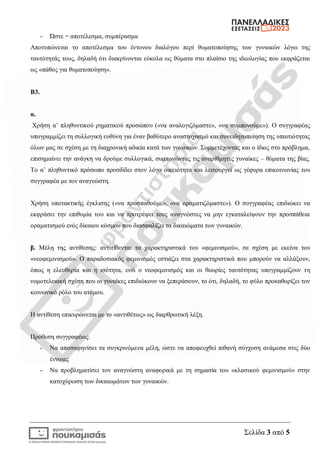 I Diafthora Stis Poleodomies Proklisi Gia Tin Epanidrysi Enos Dikaioy Kratoys
May 03, 2025
I Diafthora Stis Poleodomies Proklisi Gia Tin Epanidrysi Enos Dikaioy Kratoys
May 03, 2025 -
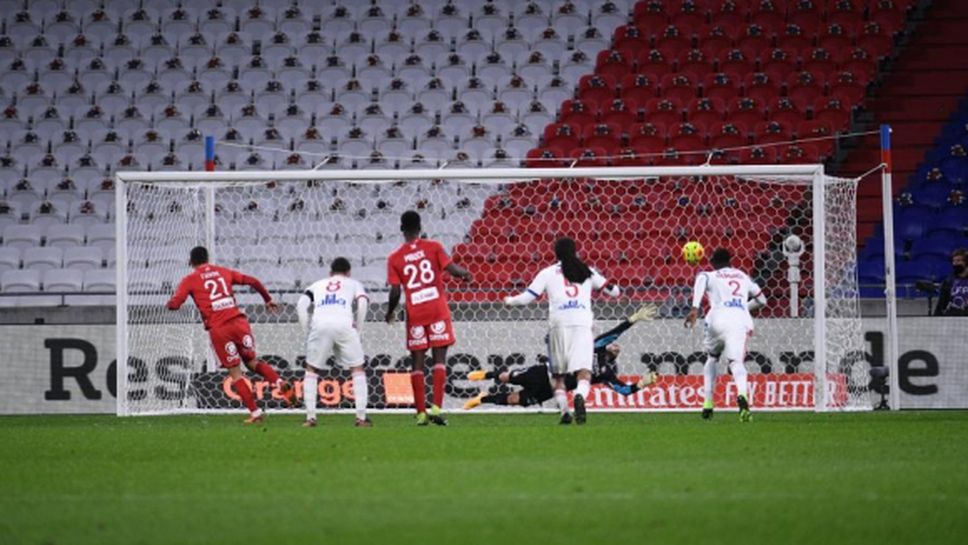 Lakazet S 157 Gola Lion Se Priblizhava Do Vrkha Vv Frantsiya
May 03, 2025
Lakazet S 157 Gola Lion Se Priblizhava Do Vrkha Vv Frantsiya
May 03, 2025 -
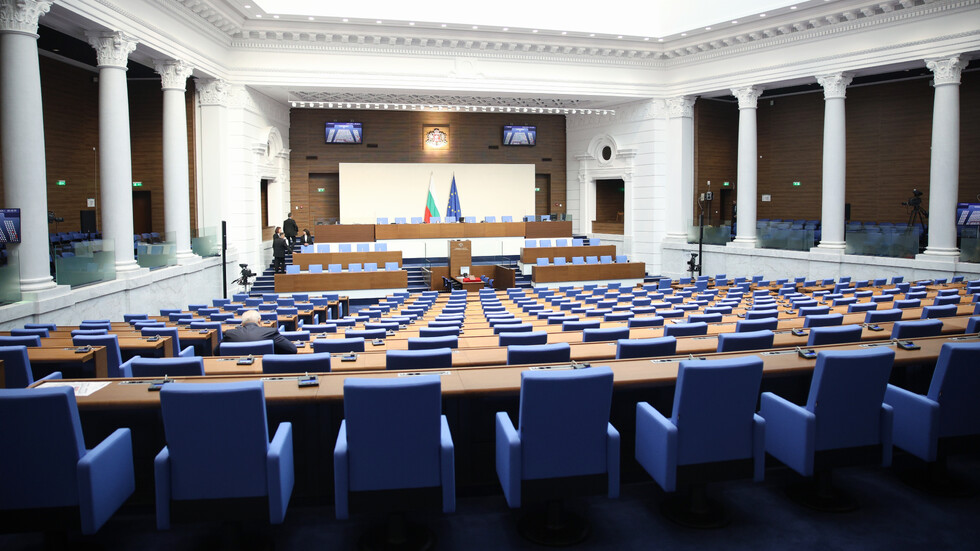 Rekordt Na Lakazet 157 Gola I Borbata Za Vtoroto Myasto V Liga 1
May 03, 2025
Rekordt Na Lakazet 157 Gola I Borbata Za Vtoroto Myasto V Liga 1
May 03, 2025 -
 157 I Gol Za Lakazet Lion Napn Za Vtoroto Myasto Vv Frantsiya
May 03, 2025
157 I Gol Za Lakazet Lion Napn Za Vtoroto Myasto Vv Frantsiya
May 03, 2025
